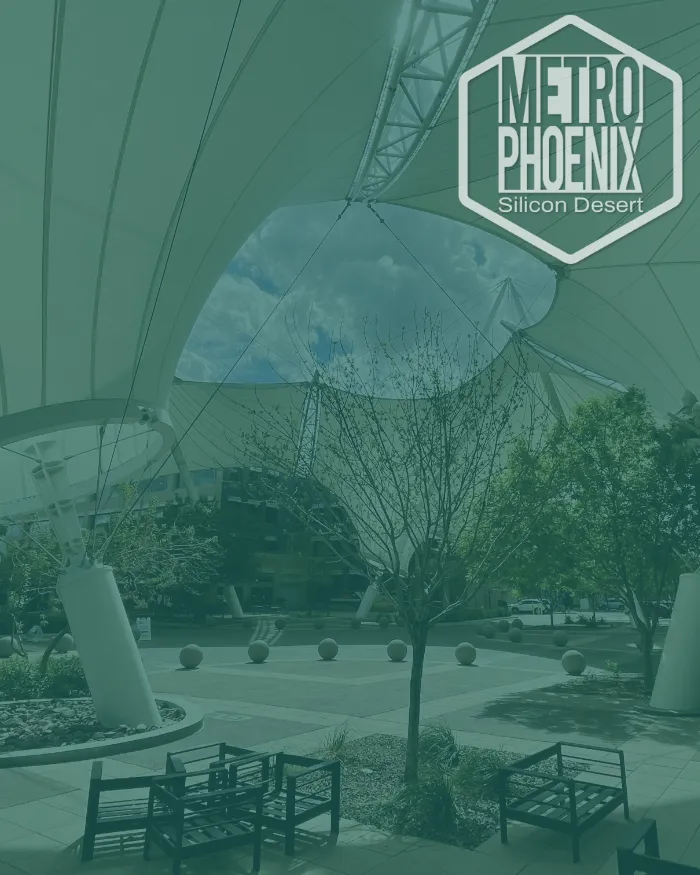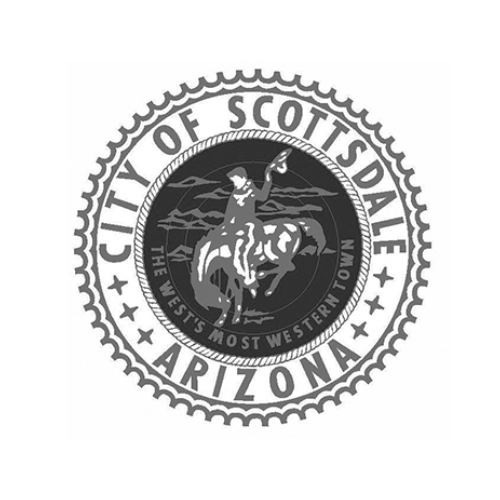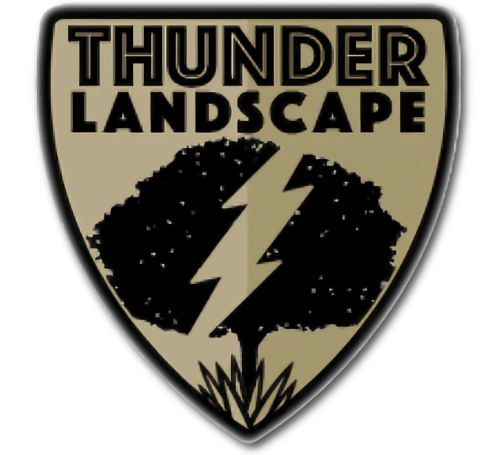Metro Phoenix / Communities / Scottsdale
Scottsdale Overview
Scottsdale is bordered by Phoenix to the west, the Tonto National Forest to the north, the McDowell Mountains to the east, and Tempe to the south. The city is a popular destination for visitors because of its world-class resorts, spas, golf courses, galleries, and arts scene. Vibrant nightlife and culinary scenes are offered in Old Town Scottsdale and throughout the city that appeal to residents and visitors alike.
Scottsdale covers almost 185 square miles and extends 31 miles from north to south, but is much narrower east to west. This creates several distinct regions with varying environments and elevation variations. The elevation ranges from 1,150 feet above sea level in the south to 4,877 in the north.
Located in the northern part of the city, the McDowell Sonoran Preserve is the largest urban wilderness in the United States, offering over 60 miles of trails that wind through varied desert landscapes.
History
Scottsdale, Arizona, originated in 1888 when U.S. Army Chaplain Winfield Scott purchased 640 acres of land to start a farming venture, laying the groundwork for the city’s future growth. Early settlers were drawn by the region’s favorable climate, reliable water supply from the Arizona Canal, and agricultural opportunities. These pioneers contributed to the establishment of Scottsdale’s first public schools, arts scene, and ties to the Valley’s earliest resorts, such as Ingleside Inn and Jokake Inn. Construction of the Granite Reef and Roosevelt Dams in the early 1900s was pivotal, boosting water resources and transforming Scottsdale into a growing agricultural hub. During this period, ranching operations flourished, giving rise to the city’s identity as the “West’s Most Western Town.” In the 1930s, Scottsdale became a magnet for artists and architects, most notably Frank Lloyd Wright, who built Taliesin West, further enhancing the city’s reputation as a cultural center.
Post WWII years brought industrial expansion, highlighted by Motorola’s opening of a technology plant in 1950, marking the city’s shift toward innovation. Officially incorporated in 1951, with a population of about 2,000, Scottsdale experienced rapid growth during the 1950s and 1960s. Signature events such as the Parada del Sol and the All Arabian Horse Show became key cultural attractions that helped shape its unique character.
The following decades brought even more growth in population and land area, as the city pushed northward into the high Sonoran Desert and experienced several building booms. By 1980, its population of more than 88,000 covered 88.6 square miles. By 1990, it had reached more than 130,000 in population and expanded to roughly its present size – about 184 square miles. By the end of the 20th century, Scottsdale had grown into a major urban center, with a population surpassing 200,000 and an expansive footprint, all while preserving its western heritage and embracing forward-thinking urban projects.
City Government
Scottsdale operates under a council-manager form of government. The mayor and all six council members are elected at-large, representing the entire community rather than specific districts. Each serves a four-year term. The council appoints a city manager, who serves as the chief executive officer of the city. The city manager is responsible for overseeing daily operations, implementing policies set by the council, and managing city staff.
Business
Scottsdale accelerates in several areas of business and industry. Key areas include:
Tourism and Hospitality: Scottsdale is known for its resorts, spas, and golf courses, which drive a robust tourism industry. Major events like the WM Phoenix Open and Barrett-Jackson collector car auctions boost local tourism, drawing visitors from around the world.
Healthcare and Bioscience: The city is part of a growing bioscience industry in Metro Phoenix, supporting biotechnology, medical devices, and pharmaceutical industries. Mayo Clinic has significant presence within Scottsdale and the region, serving as a center for cutting-edge medical research, treatment, and innovation.
Financial Services: Scottsdale has become a regional hub for financial services, including banking, insurance, and wealth management. Numerous investment firms, insurance companies, and fintech enterprises have established offices in the city, benefiting from its skilled workforce and business-friendly environment.
Technology and Innovation: The city’s technology sector has grown rapidly, especially in areas such as software development, IT services, and advanced manufacturing. Scottsdale’s Cure Corridor is home to a variety of technology and healthcare companies that focus on innovation in biosciences, medical technology, and other industries.
Access to Talent and Education: Scottsdale benefits from proximity to major educational institutions like Arizona State University (ASU), Grand Canyon University (GCU), and Maricopa Community Colleges, which provide a pipeline of skilled graduates in engineering, healthcare, business, education, and more.
Transportation
Loop 101 (Pima Freeway): Runs north-south to the east and through the eastern part of Scottsdale. It is a vital connection to Phoenix, Tempe, and Mesa and a primary artery for residents and businesses, linking the north to Old Town Scottsdale.
Scottsdale Road: Major north-south route that runs through the heart of the city, connecting northern Scottsdale to Old Town and extending into Tempe.
Shea Boulevard: Important east-west thoroughfare running across the city, connecting to Fountain Hills. It also provides access to the Loop 101 and serves as a key corridor for residents and businesses.
Frank Lloyd Wright Boulevard: Runs east-west through northern Scottsdale and provides access to residential areas, shopping centers, and the Loop 101.
2023 Population (estimate)
Scottsdale: 243,050
Arizona: 7,427,991
Median Household Income (2022)
Scottsdale: $100,636
Arizona: $74,568
Estimated Home Value (2024)
Scottsdale: $826,900
Arizona: $433,271
Median Age (2022)
Scottsdale: 48.7
Arizona: 38.6
Land area: 184.2 square miles
Population density:
1,321 people per square mile

Scottsdale's Cure Corridor
Location and concept designed to promote the innovative activities occurring around the bio-life sciences sector along Shea Boulevard and Scottsdale Road, from Scottsdale Airpark to SkySong. The bio-life sciences sector is a major driver of the innovation economy in Arizona, Metro Phoenix, and the City of Scottsdale.














